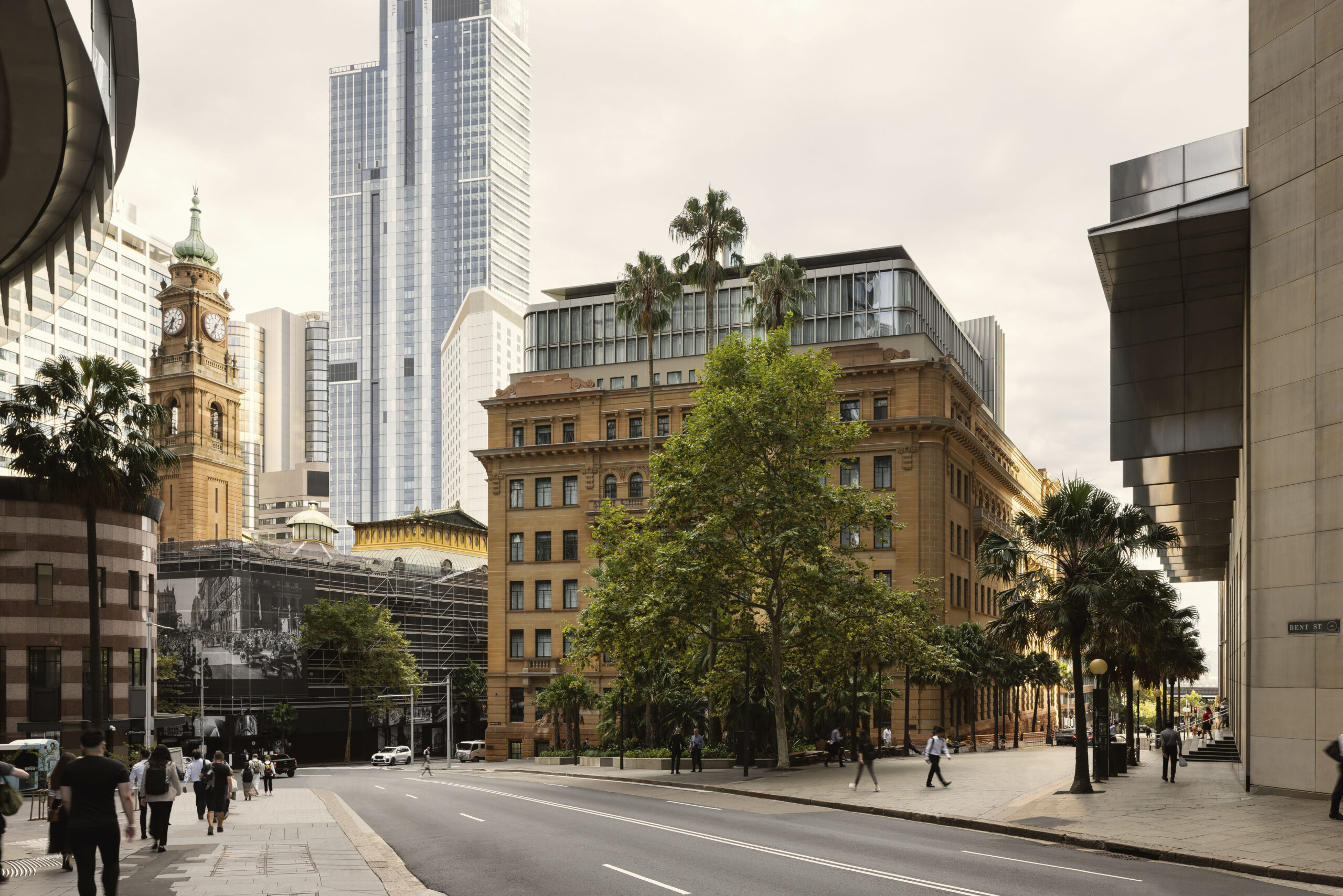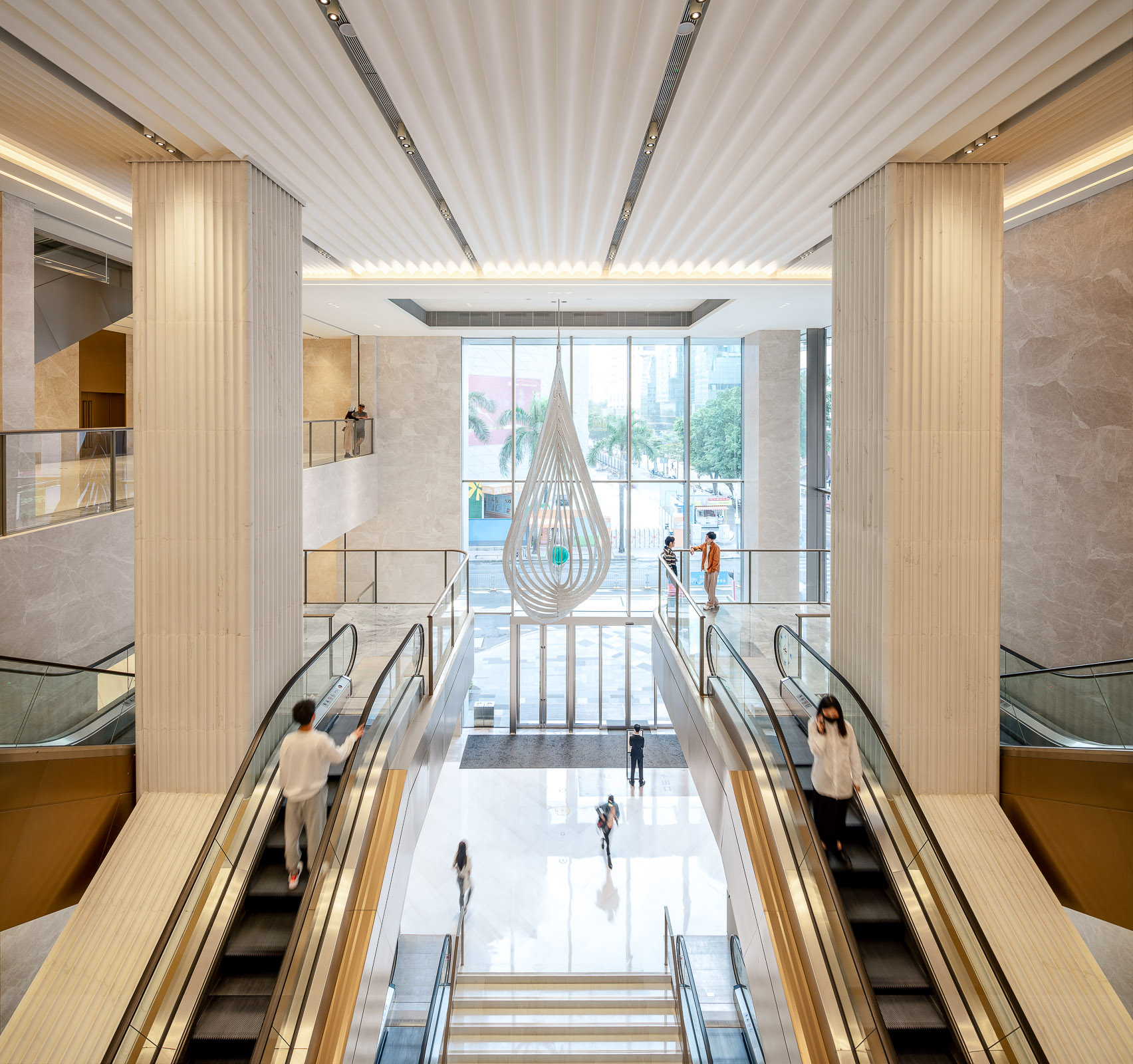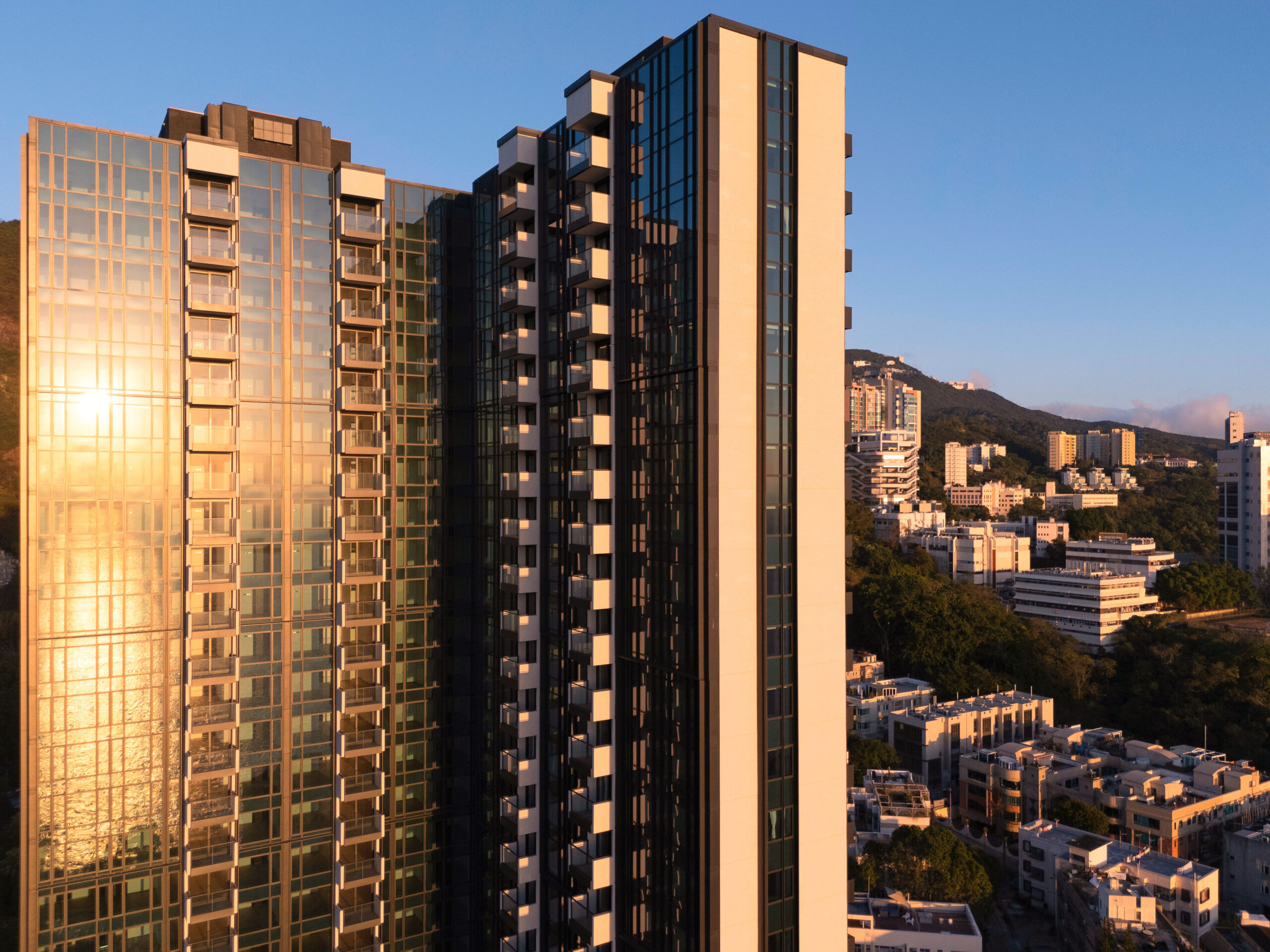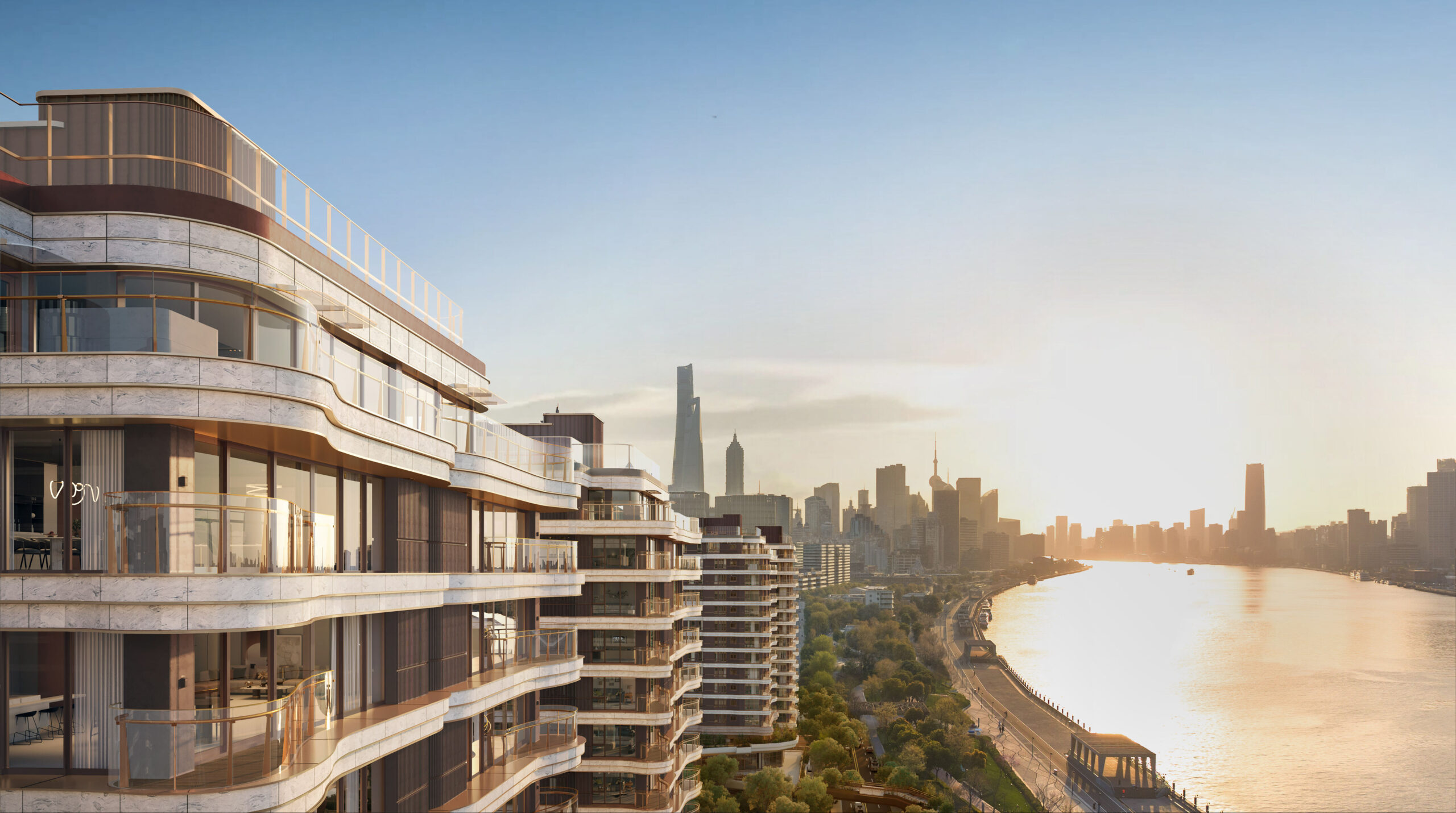
Firstly, by employing a former creative director with background in theatre and drama, the developer has supported and evolved the vendors, gradually creating better leases, bringing in better merchandise and independent brands. Edens has created the “Retail +” concept, under which every vendor at the market must be making something which can be tried in place. To create genuine connections, Edens also reached out to the local diverse community – for example by hosting a Latin market and finding chefs and retailers through foreign embassies.
The success of the market has in turn attracted a host of new retailers to the area – an independent jewellery designer’s workshop, boutique apothecary and salon Veer&Wander, and a slick sushi restaurant. Many creative companies have moved into the affordable workplaces around the market. This approach to development is one of collecting retail concepts with stories and supporting their growth.
What’s coming next? Apartment blocks are steadily rising from one of the plots with more coming soon. The ownership of the buildings above the ground floor is separate to what happens at the street level. Edens offsets the costs of the land and the financial risks of small independent retailers by selling the air rights for construction above the ground floor. The retail rents can be kept affordable, attracting innovative new uses, which in turn increases the desirability of the area and the value of the residential buildings above.
Five years from now, the neighbourhood is likely to look very different, grown around the market.

New industry, old city
Brooklyn’s Industry city is a regenerated district of 19th-century warehouse and factory blocks, reinvented as a workplace in 2013 and positioned as “an innovation ecosystem that serves to benefit its tenants and the wider community”.

Because of the existing buildings’ flexibility and affordability, the district has attracted various businesses – creative studios, small manufacturing plants and craft workshops, alongside more traditional offices. Naturally, the units on the ground floor double up as retail spaces – for example, a Li-Lac chocolate factory and a Teressa Foglia hat workshop.
Introduced as key community-building spaces, there are many bars and restaurants, a food court and indoor and outdoor event spaces. The retail has turned the place into a weekend, family-friendly destination, with events such as film screenings and coding courses, and has brought visitors beyond its normal working population.

The director of SandenWolff Productions, a small video content company in the area, told me that the attractiveness of the place is its affordability and the opportunity for expansion within the same building. While he likes the amenities, the growth of the common areas has also increased his service charge and rent. If this growth continues then small companies like his, which give the place its character, may not be able to afford the costs.
The adaptation of historic buildings and their initial affordability has attracted a diversity of people and activities, giving the place a distinct character. While retail has amplified and enhanced this character, it is also increasing values and driving future growth. Those aspects are usually regarded as beneficial, but evidently, they also threaten the affordability and the character of the place.







































































































































































































































































